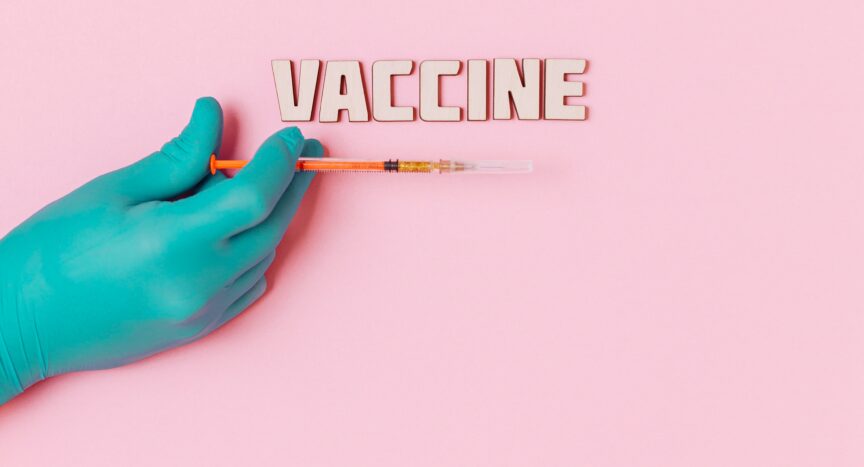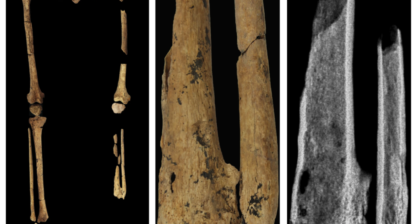We are talking about vaccinations and the Anti-vaxxer movement. Are they right?
History of Vaccines
Let’s start with a little bit of history. Diseases have plagued humanity (pun intended), since we decided to live together in tight groups and in close proximity with our livestock. Diseases existed before that too but because human beings were nomadic and lived in smaller groups, without animals, the dangers of pandemics were significantly lower. Larger groups and more animals meant that we were exposed to disease causing vectors. Everyone has heard of the plague (both pneumonic and bubonic) and how it devastated global populations many times in history.
Smallpox was another disease that caused disfigurement and / or death. The search for its cure had started in 10th – 11th CE China, when a Song Dynasty chancellor Wang Dan lost his son to it. He wanted to save the rest of his family, so he summoned physicians, wise men and magicians from across the land to come up with a cure.
Early attempts to prevent the disease were practiced in China, India and the Middle East and involved inoculation (or variolation), which meant causing a mild infection (with smallpox) in order to create immunity. In the 1720s, this was introduced to the US and England.
Inoculation involved serious risks of infection in the patient and of infecting others. In 1798, Edward Jenner created the first ever vaccine and used it successfully. He had observed that milkmaids were generally immune to smallpox and realised that this was because they had been infected with the much less virulent cowpox, which he then used to develop the vaccine. This meant that the dangers of inoculations, which involved actually infecting the patient with smallpox, were curtailed significantly.
Moving on to the 20th century and a host of vaccinations were developed based on their life saving properties, including the polio vaccine created by Jonas Edward Salk in 1955. (Side note: the world’s first polio vaccine was successfully demonstrated by Hilary Koprowsky in 1950 but it did not take off because it used a live polio virus. Salk used killed viruses).
Smallpox was eventually completely eradicated and polio is almost gone too. Other diseases have also been successfully contained; among others, those caused by Haemophilus influenza (decreased by 99% in the USA, since the introduction of the vaccine in 1988).
Herd immunity
An important aspect of the vaccination programme is herd immunity, which is indirect protection from an infectious disease that occurs when a large population has become immune to the disease, providing some protection to those who are not. Such individual immunity is possible through recovering from infections but actual herd immunity is most effectively achieved through mass vaccinations (such as that done for smallpox). There are thresholds for herd immunity in the general population, which depend on how contagious the disease is. Polio is a little more difficult to spread than measles, therefore the threshold for herd immunity in the case of polio is 85%. Measles are more contagious and need 95% of the population to be vaccinated. When these thresholds are achieved, they protect the remaining un-vaccinated members of the population, in particular, those who cannot be vaccinated due to allergies, health or age reasons.
Similarly, it has been clearly demonstrated that vaccinating one demographic (such as children) can ensure protection in another (such as senior citizens). In case of STIs for example, vaccinating girls against the HPV virus has not only decreased incidences of cervical cancer but has also protected boys. A malaria vaccine being rolled out in Africa can be a game changer there. Vaccination is one of the most cost-effective ways of preventing diseases and avoids 2-3 million deaths a year. According to the World Health Organisation (WHO), a further 1.5 million deaths could be avoided if vaccine coverage improved.
(Read What are RNA Vaccines?)
Anti-vaccine conspiracy theories
And then we had the resurgence of anti-vaccination conspiracy theories. Religious and safety arguments against inoculation / vaccination took root right from the beginning. While religious concerns – then and now – remain largely pointless, safety concerns were valid at a time of few checks and balances, as well as the real risk of associated infections, due to the methods used. Over the years, the safety and effectiveness of vaccines have been ensured with the implementation of more and more regulations and decades of research & development. There is well-developed published data on the complication rates of vaccines and this information plays a crucial role in their approval and licensing processes. Basically, the regulatory processes ensure that complications are rare, with the result that it is statistically much safer to vaccinate than to not.
Andrew Wakefield and celebrities
Now onward to the current anti-vaccination conspiracies. One of the originators of this is Andrew Wakefield, who is a disgraced British former physician. He wrote a fraudulent study alleging a link between the MMR (measles, mumps and rubella) vaccine and autism. His study was discredited and he was struck off by the General Medical Council. Nevertheless, the conspiracy he started has taken root and has been referred to as “the most damaging medical hoax of the last 100 years“. Subsequent to Andrew Wakefield, anti-vaxxers are more prone to believing in celebrities, such as Jenny McCarthy, than they are to actual medical science.The World Health Organisation (WHO) released its annual roundup of the gravest threats to global health in January 2019, citing anti-vaccination as one, next to Ebola and air pollution.
Ingredients
Some people are scared of the ingredients in vaccines; others have more nebulous objections (they are “unnatural”). Vaccination programmes are also seen as government interference and curtailing of freedoms. And of course religious objections – still pointless – continue in many parts of the world.
The ingredients that are scaring people out of their wits – thiomersal and aluminium – are in such low quantities that they are almost negligible. Thiomersal actually has been phased out in most developed countries. Another unfounded fear is that aborted foetuses are being used as ingredients, and that abortions are necessary to manufacture them. Abortions are not necessary to manufacture vaccines. A very weak form of the virus in some vaccines is grown in cultures derived from a cell line taken from a foetal tissue but vaccines do not contain foetal cells.
Autism
The link to autism as instigated by Wakefield and popularized by Jenny McCarthy has been discredited repeatedly. There are also rumours of Multiple Sclerosis being caused by the Hepatitis B Vaccine but studies have absolutely failed to show any link, as have those testing the link between the Sudden Infant Death Syndrome and vaccines. They also do not cause “vaccinosis” or “overwhelm the immune system”, which are basically just words dreamed up by those trying to sell “holistic” or “alternative” vaccines. While vaccines do cause fever associated seizures (one of their potential and recorded side-effects), the risk of getting them is extremely low.
Big pharma is also frequently blamed for “forcing” vaccination on children to make a profit. This is not true as vaccines have a much lower profit margin than alternative drugs and according to one estimate make only 2-3% of the pharmaceutical industry. Profit margins have gone up in the last couple of decades, primarily due to global forces (such as more demand in developing countries) but so has investment in R&D and the long and expensive regulatory processes. Incentives need to be provided to continue the process of vaccine development, otherwise it would be more profitable for the industry not to manufacture them.
Religious objections
Religious objections have pointed to gelatine derived from pigs being included in vaccines and in some cases, they are. However, both Muslim and Jewish scholars have made rulings on this pointing out that the gelatine is so completely transformed, as to not be of concern, or that because they are not given orally, the objections are not valid. Plus, most religions have rules highlighting a step away from the law in matters of life and death. Other religious objections and conspiracy theories, such as those related to promiscuity (in case of STI vaccines), not trusting God, or intentionally tainted vaccines (to cause HIV or infertility) cannot be addressed by scientific studies but with more education and community engagement.
The bottom line to this rather longish piece is that vaccines save lives and almost all of the objections to them are false. It is crucial to make sure that people are engaged and educated on this. So, to simply answer the question asked in the headline: NO, anti-vaxxers are not right; they are just people prone to accepting conspiracies as facts. Just vaccinate yourselves and your kids!
TL;DR Here is a short video







